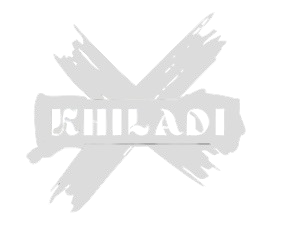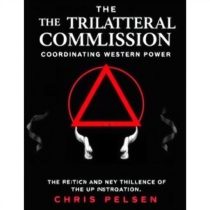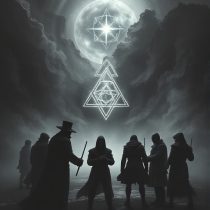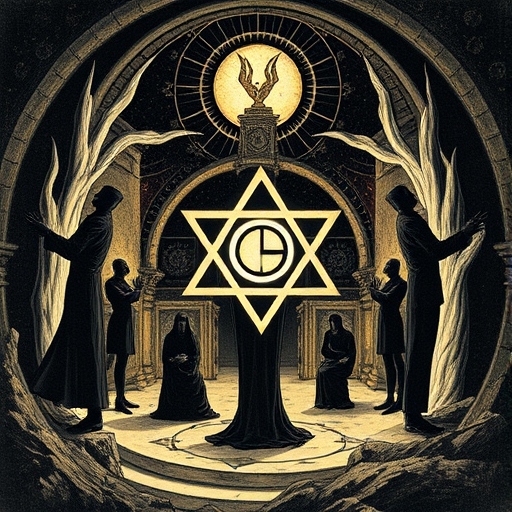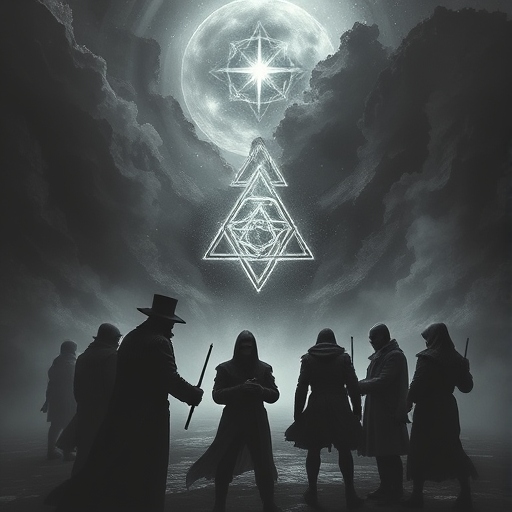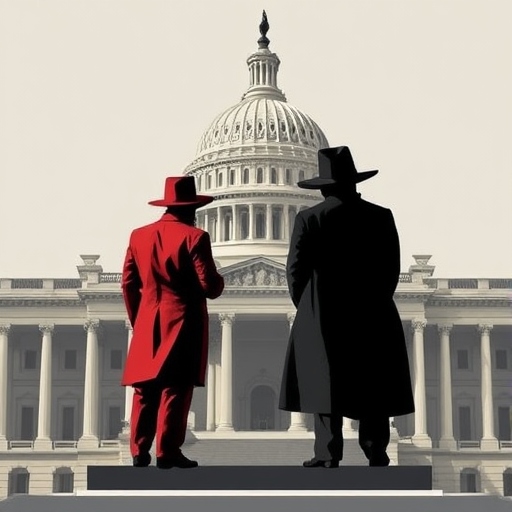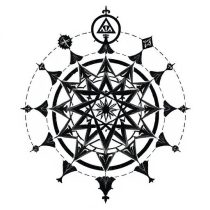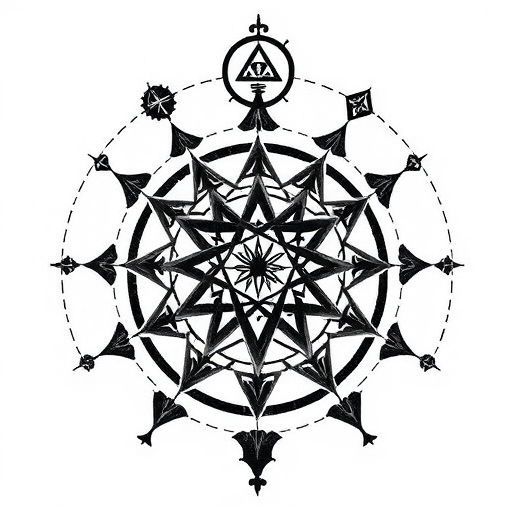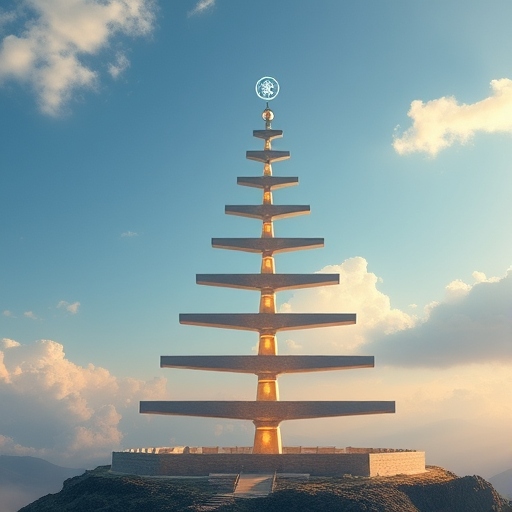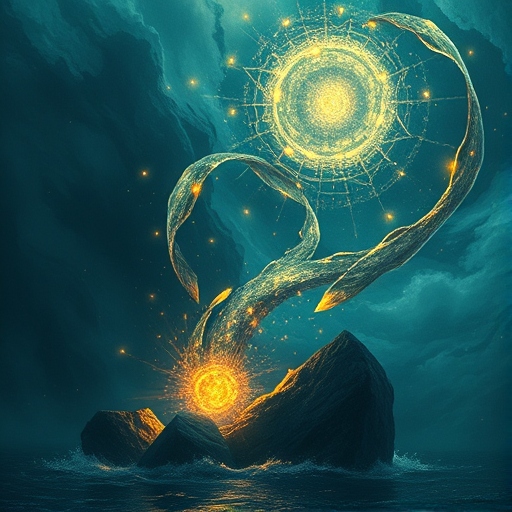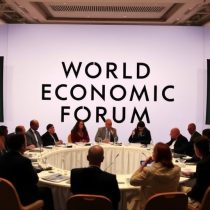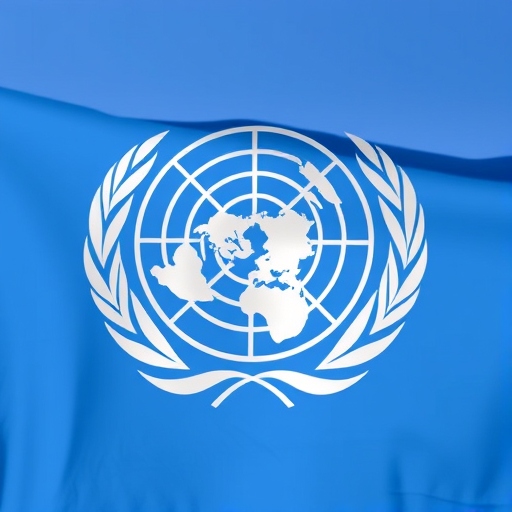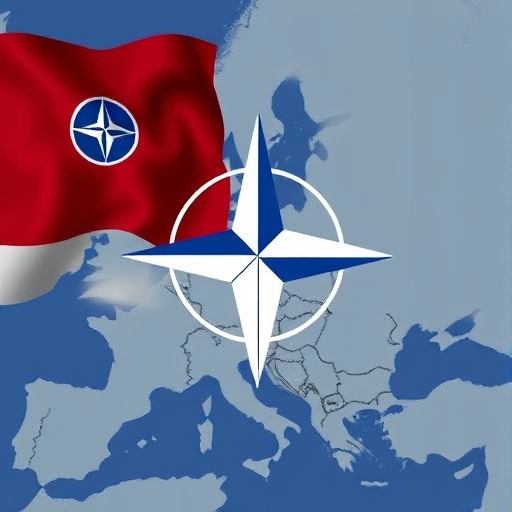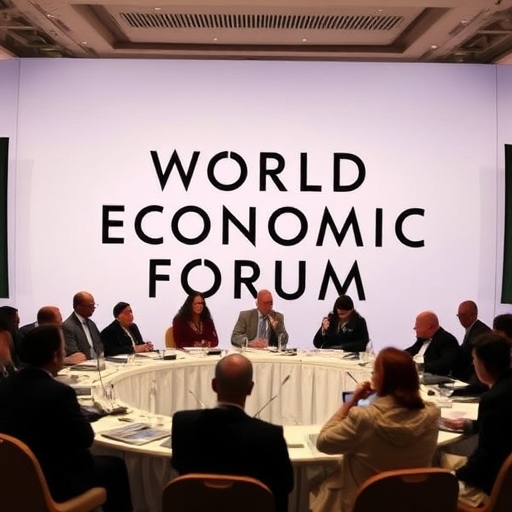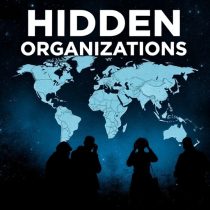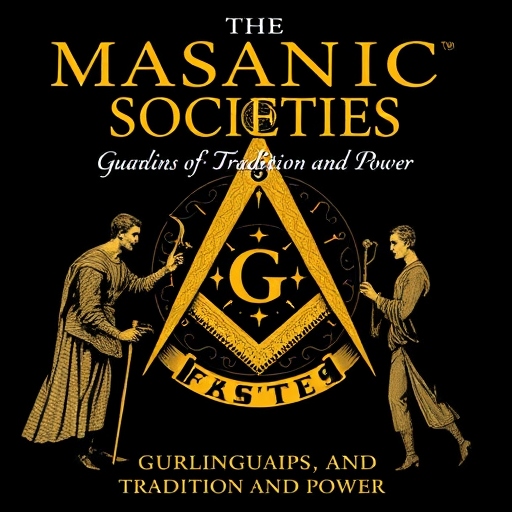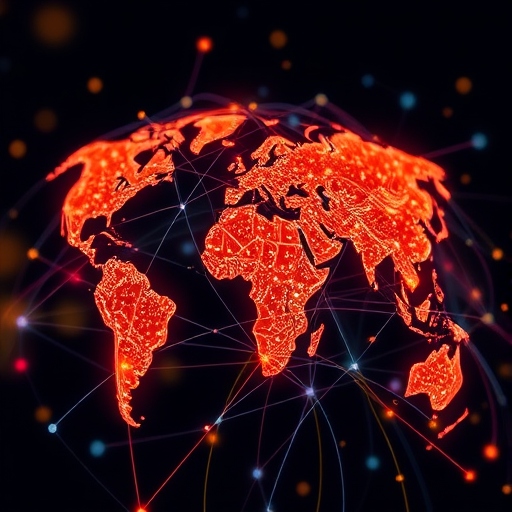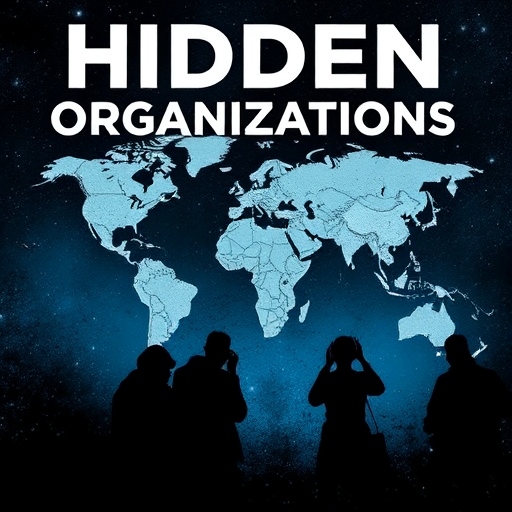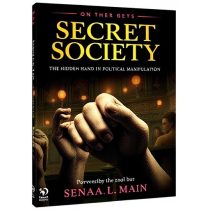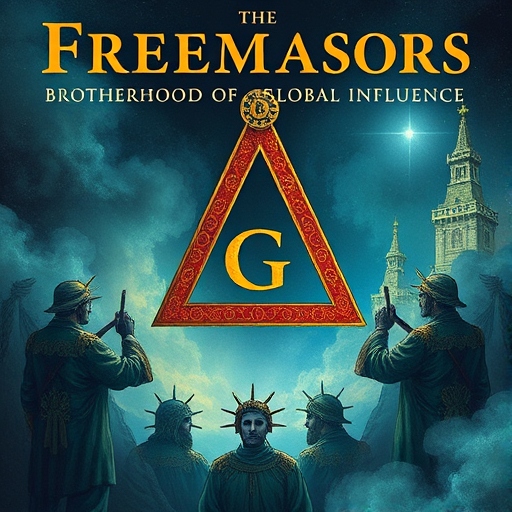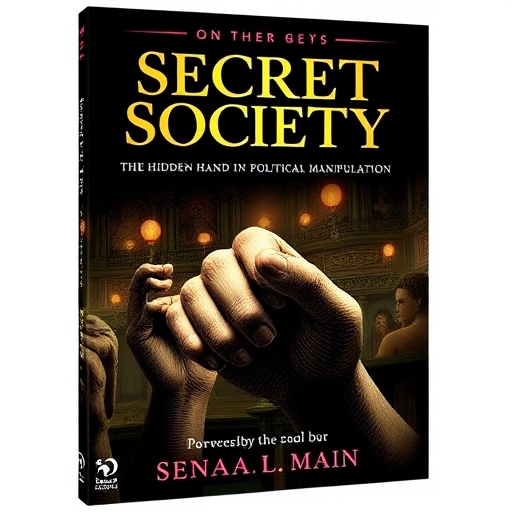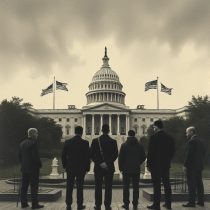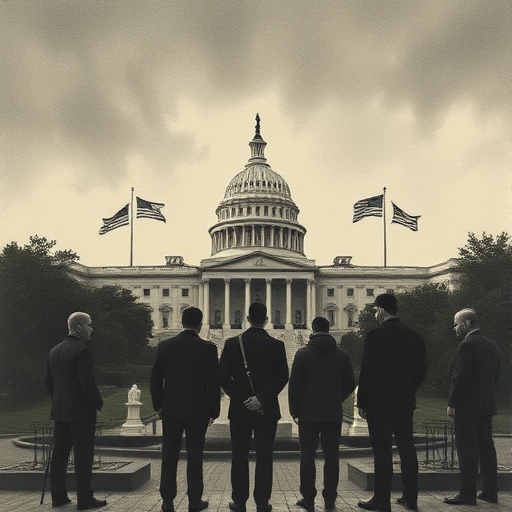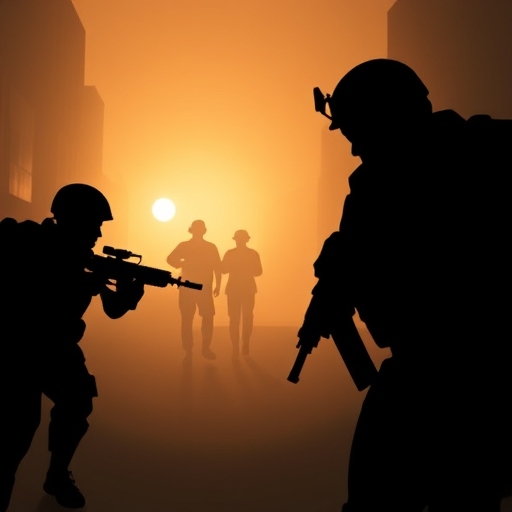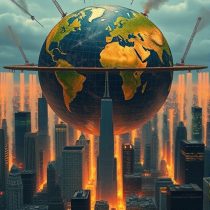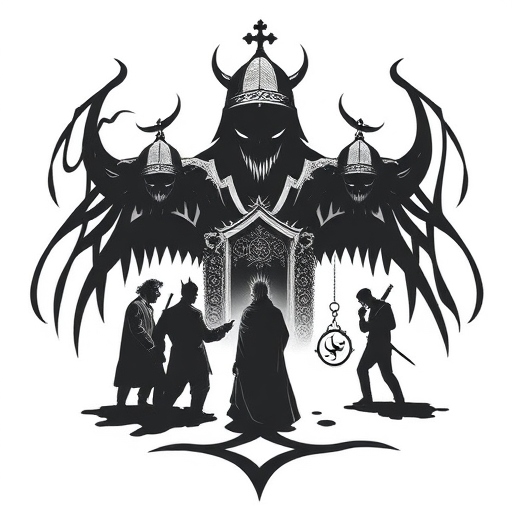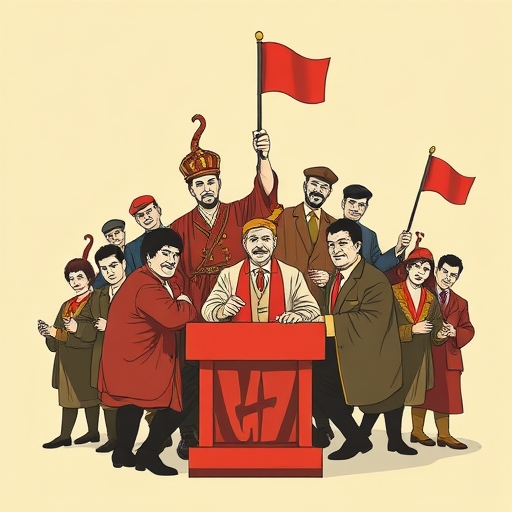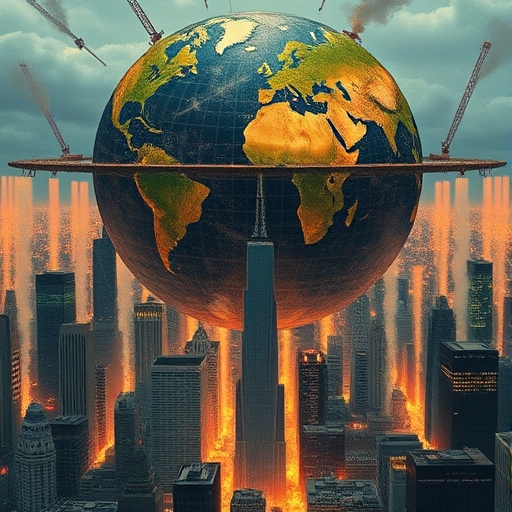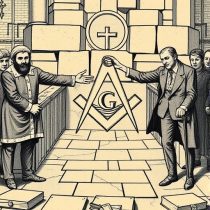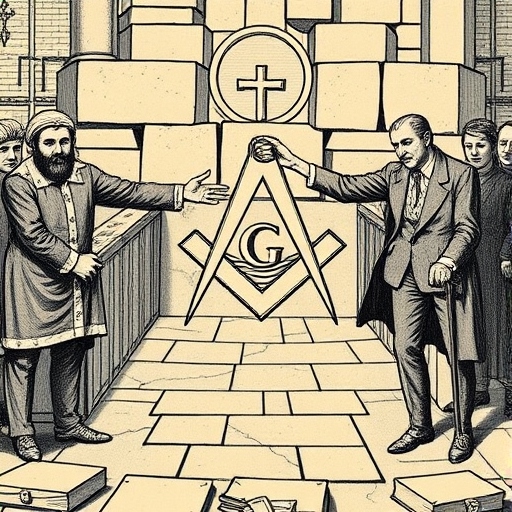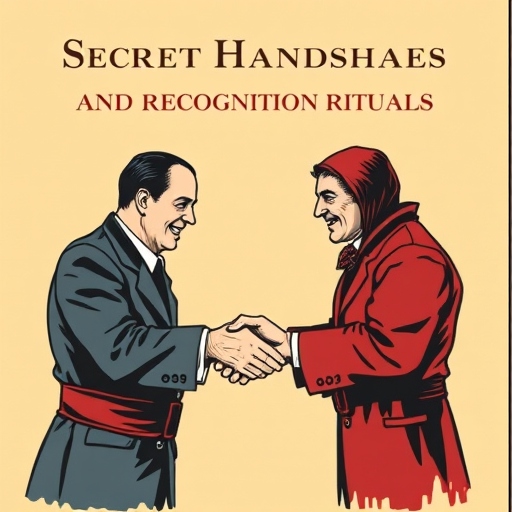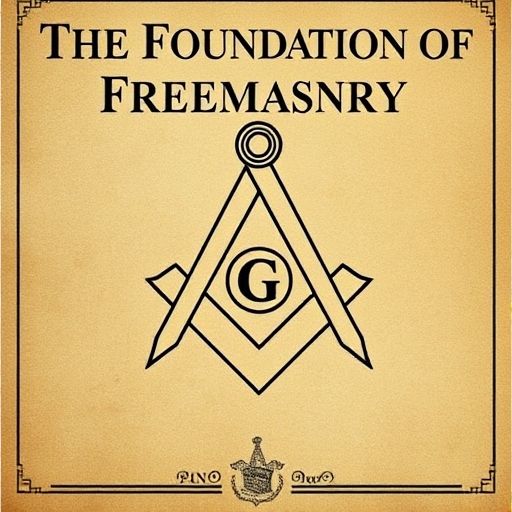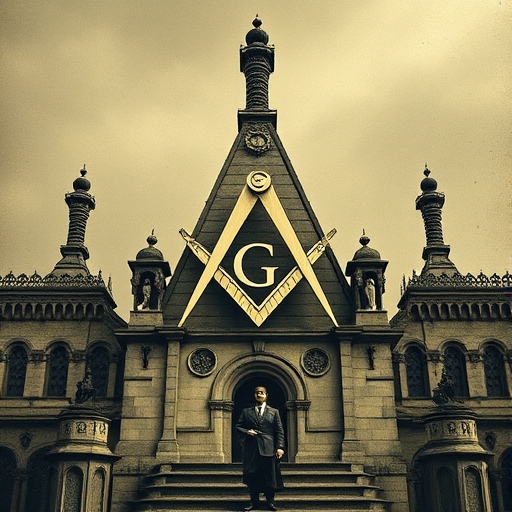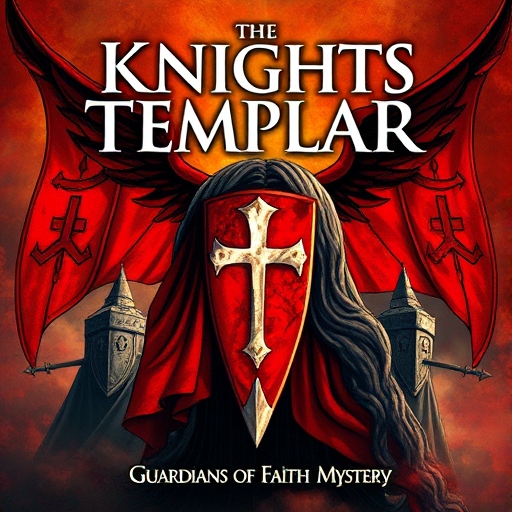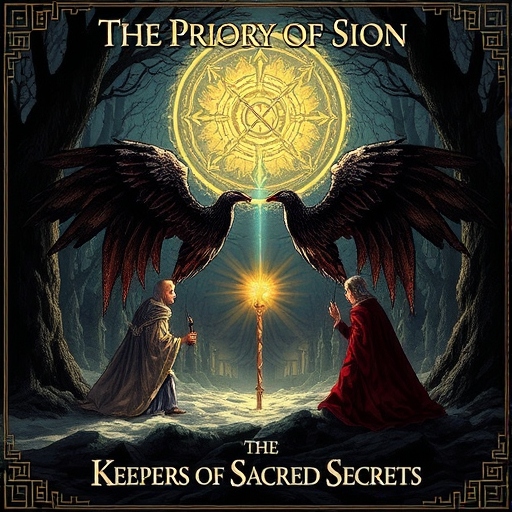Throughout history, secret councils have operated in the shadows, influencing political, economic, and societal decisions that shape the world. These clandestine groups, composed of elite individuals from politics, finance, and industry, are often accused of manipulating global events to serve their own interests. While some see them as informal gatherings fostering dialogue, many believe they wield hidden influence with far-reaching consequences. The existence of secret councils and their decision-making powers has inspired countless theories about their role in shaping history.
In this detailed exploration, we uncover six significant examples of secret councils in history and the controversial ways they have impacted world affairs. From influencing national policies to controlling economic systems, their influence raises concerns about transparency, democracy, and public accountability.
1. The Bilderberg Group: A Global Forum for the Elite
The Bilderberg Group, founded in 1954, is one of the most renowned and controversial secret councils. This annual conference brings together about 120 prominent figures, including politicians, corporate executives, academics, and media moguls. Named after the Hotel de Bilderberg in the Netherlands, where its first meeting took place, the group discusses global issues in complete secrecy, without official statements or press coverage.
Proponents argue that the group allows influential figures to engage in candid discussions free from public scrutiny. However, critics believe it is a hub for global elite collaboration to shape policies that benefit their interests. Theories about secret councils shaping history often link the Bilderberg Group to efforts to promote globalization, control economic markets, and influence political outcomes. The absence of transparency has led to persistent suspicion about its true purpose, fueling concerns about the erosion of democratic processes.
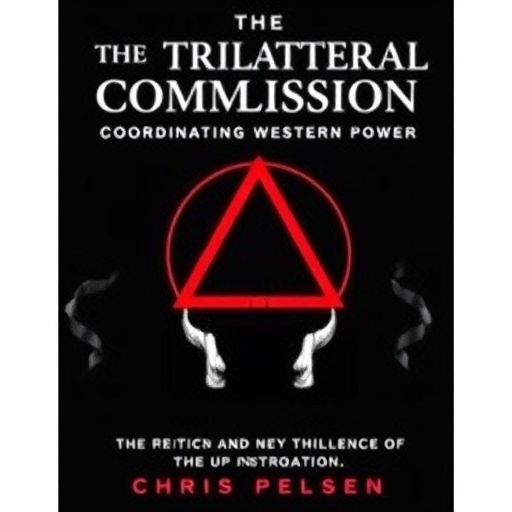
2. The Council on Foreign Relations: The Shadow of U.S. Foreign Policy
Founded in 1921, the Council on Foreign Relations (CFR) is a highly respected think tank dedicated to foreign policy and international affairs. Although its activities are public, many consider its closed-door meetings and exclusive membership to be indicative of hidden influence of secret councils in politics. The CFR has included presidents, secretaries of state, and business tycoons, reinforcing perceptions that it serves as a pipeline for elite policymaking.
Critics argue that the CFR steers U.S. foreign policy in favor of corporate and financial interests rather than democratic ideals. By influencing top policymakers, the council plays a role in shaping decisions on trade, military intervention, and international agreements. While defenders point to its intellectual contributions, examples of secret councils in history like the CFR highlight the blurred lines between private advisory groups and public policy formation.
3. The Trilateral Commission: Coordinating Western Power
The Trilateral Commission was founded in 1973 by David Rockefeller to promote cooperation between North America, Europe, and Japan. Like the Bilderberg Group, it operates through private meetings where influential figures discuss economic and political strategies. Membership includes leaders from government, business, and academia.
The Trilateral Commission is often linked to theories about global governance. Critics claim it works to undermine national sovereignty in favor of centralized global power, with elites coordinating to maintain economic dominance. The influence of secret councils on economic systems is a key concern, as the commission has been associated with shaping trade agreements and financial policies that critics say benefit corporations at the expense of local economies.

4. Operation Mockingbird and Media Manipulation
While not a formal council, Operation Mockingbird represents a covert effort by intelligence agencies to manipulate media narratives. During the Cold War, the CIA recruited journalists and placed stories in major newspapers to promote U.S. foreign policy. This secret operation exemplifies hidden influence of secret councils in politics by demonstrating how information can be controlled to shape public perception.
Though officially ended, questions remain about the lingering effects of media influence. Today, media ownership is highly concentrated among a few corporations, perpetuating fears that the press remains susceptible to manipulation by powerful interests. Theories linking secret councils controlling global policies often include concerns about coordinated media messaging and propaganda.
5. The Federal Reserve: Secrecy and Economic Control
The Federal Reserve, the central bank of the United States, plays a crucial role in managing the nation’s monetary policy, interest rates, and financial stability. While the Fed operates with public oversight, its decision-making processes and private meetings are often described as indicative of a secret council influencing economic systems.
Conspiracy theories suggest that the Federal Reserve prioritizes the interests of powerful banking families over the general public. Critics argue that policies such as quantitative easing and interest rate manipulation benefit financial elites while exacerbating wealth inequality. The closed nature of Federal Open Market Committee (FOMC) meetings fuels speculation about hidden truths related to the Fed’s control over money supply and economic policy.
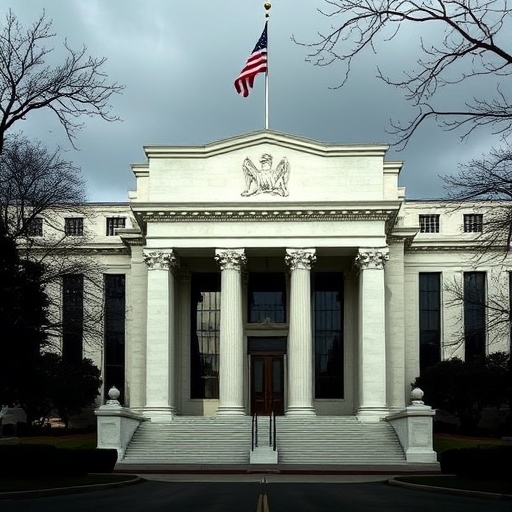
6. The Venetian Black Nobility: Hidden Power in European Trade
Dating back to the Middle Ages, the Venetian Black Nobility was a group of powerful families who controlled Venice’s commerce, military, and political systems. Operating through closed councils, these elites maintained a monopoly on trade routes and economic dominance across Europe.
The Black Nobility is one of the earliest examples of secret councils controlling global policies by exerting influence over international trade. Their methods of consolidating wealth and power set a precedent for later organizations accused of covertly steering world events. The term “Black Nobility” remains a symbol of the hidden aristocratic influence in global affairs, illustrating how theories about secret councils shaping history are deeply rooted in historical realities.
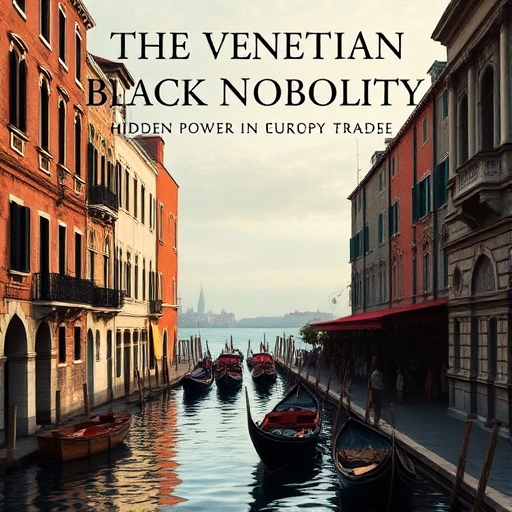
Theories and Implications of Secret Councils
The recurring theme across discussions of secret councils is the tension between transparency and elite influence. While proponents argue that private meetings foster open dialogue among leaders, critics contend that the lack of public accountability undermines democracy. Theories about hidden influence often draw attention to the potential for undemocratic decision-making and economic manipulation that prioritize elite interests over collective well-being.
Concerns about secrecy extend beyond specific councils. The rise of digital technology has further complicated the debate, with the collection and control of data becoming a new form of power. Secret gatherings, whether physical or virtual, continue to fuel public skepticism about the intentions of the world’s most powerful individuals and organizations.
Conclusion
The influence of secret councils on global decisions reflects a persistent challenge in modern governance: balancing the need for strategic discussions with the principles of transparency and accountability. Groups like the Bilderberg Group, the Trilateral Commission, and the Federal Reserve demonstrate how power can be concentrated in ways that spark suspicion and debate. Understanding their role in shaping history and policy is essential to navigating the complexities of modern political and economic systems. Recognizing both the benefits and risks of elite influence empowers societies to advocate for more open and democratic decision-making processes.
If you want to read more: CLICK HERE
